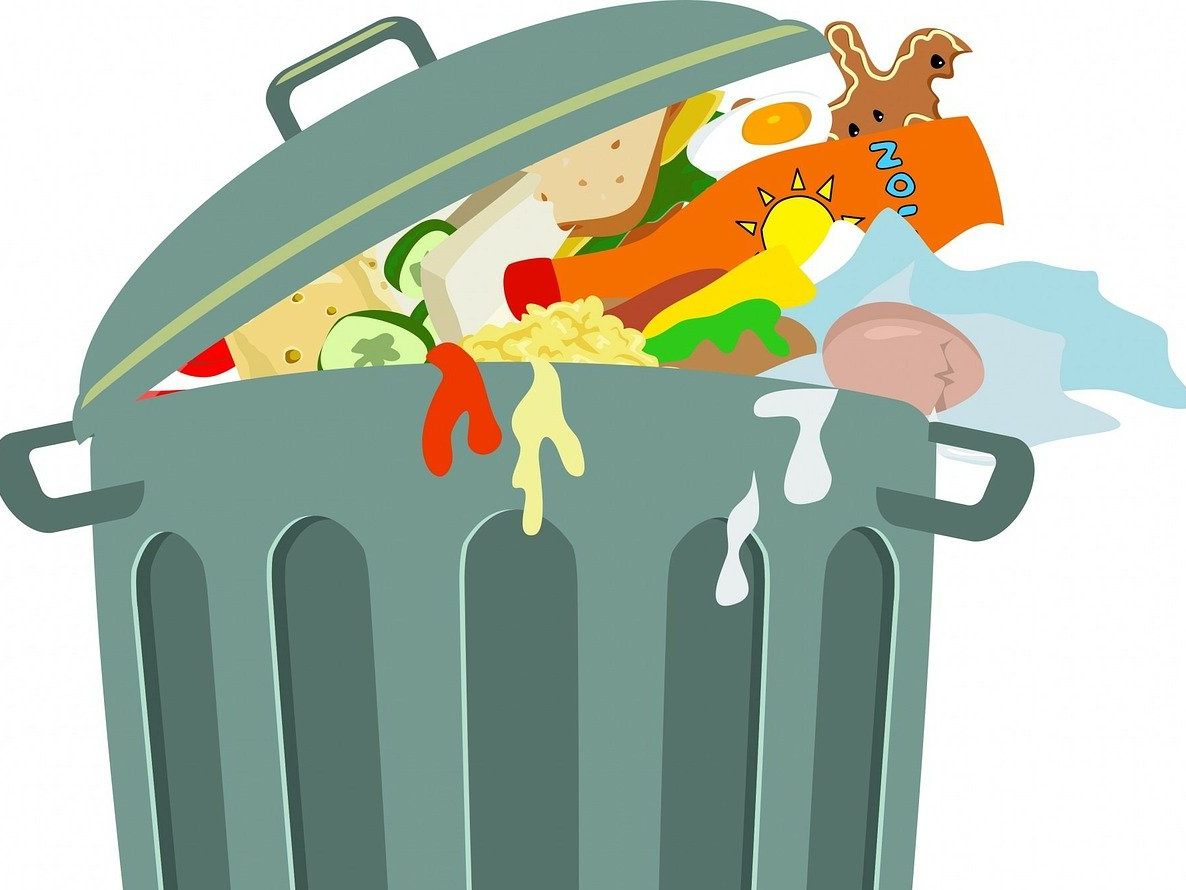More and More Food Ends Up in the Trash in Austria

According to the survey, particularly 18 to 29-year-olds frequently throw away food. 90 percent of this age group disposed of food in the last three months. Among 40 to 49-year-olds, it is 80 percent. The proportion is lowest among those over 60, at 67 percent.
The larger the household, the more food ends up in the trash
In single-person households, the least ends up in the trash, with 65 percent having recently disposed of something. In households with three or more members, 88 percent report having thrown away food. By far the most common reason: previously edible food is spoiled or moldy (60 percent). The second most common reason is food that was forgotten (27 percent). In third place, with some distance, are leftovers from meals that were too large, as well as food where it is uncertain if it is already spoiled (16 percent each).
Why food ends up in the trash
A change of plans (15 percent), expired best-before date (14 percent), and leftovers without further use (twelve percent) also often lead to disposal. One in ten survey participants also disposes of food that has visual defects and no longer looks fresh. The 18 to 29-year-olds throw away food more often than other age groups due to improper storage (twelve compared to eight percent on average). Larger quantities than needed are also cooked more frequently (23 versus 16 percent). Appearance is also a larger criterion for younger people when sorting out (13 versus ten percent on average). They are also more often unsure if something is still suitable for consumption (20 versus 16 percent).
These foods end up in the trash
The list of the most frequently disposed of foods is led by fruit and bread or pastries (37 percent each). Also high on the list are vegetables (30 percent, 2023: 22 percent) and dairy products (24 percent). In fourth place is home-cooked food (23 percent). Sausage products (17 percent), meat (nine percent), and eggs (seven percent) are less frequently thrown away.
(APA/Red)
This article has been automatically translated, read the original article here.





